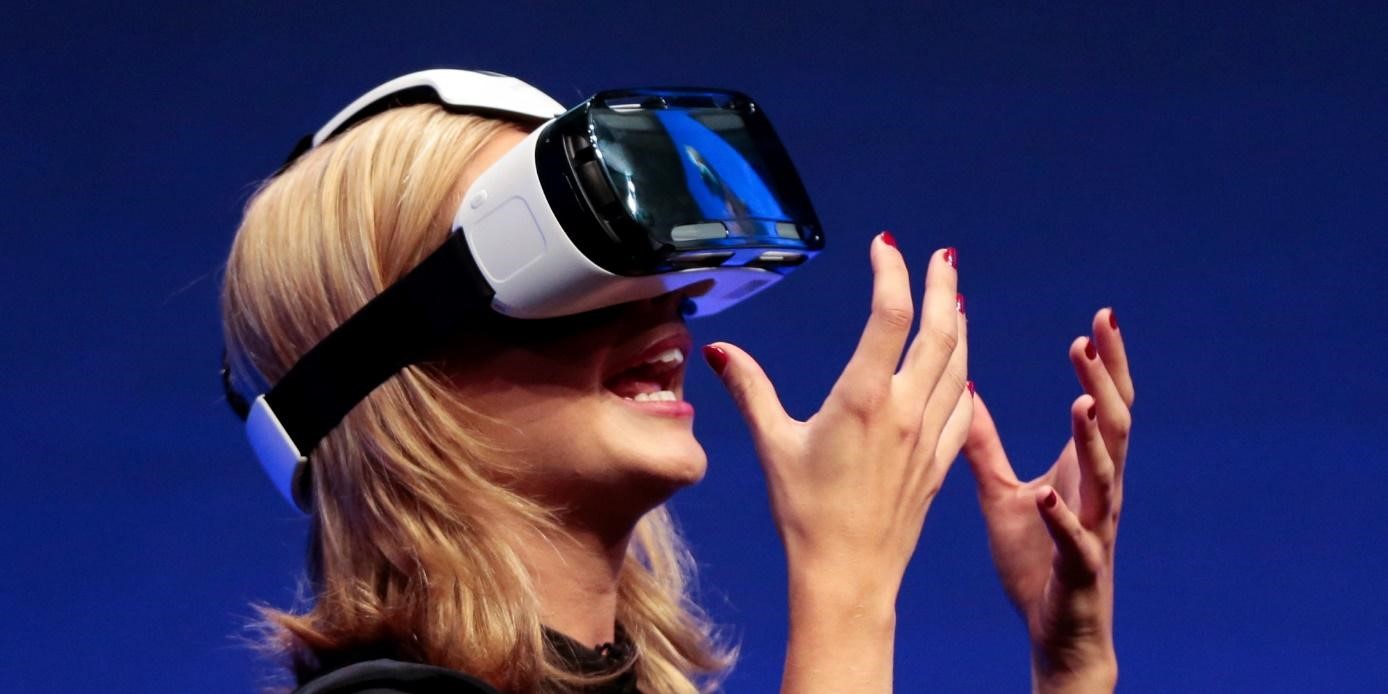
The team at our digital agency have been keeping a keen eye on the shifts occurring underneath brands in 2016. Where loyalty factors used to be the dominant driver in sales, it’s quickly becoming replaced with relationship factors; the idea that your customer is in a relationship with you. Unfortunately for brands, the rules of a brand relationship are very similar to that of a personal one; it can all end very quickly. This recent shift of power from the brand to the consumer has been aptly named as the beginning of ‘the age of the customer’.
Victor Milligan, the CMO of Forrester Research summed it up succinctly late in 2015. In his article ‘The People Equation In Shifting To A Customer-Obsessed Business’, he stated “the magnitude and pace of change driven by customers, competitors, and innovation can be dizzying.” Victor provided key points which should be heeded by every brand and marketing manager in the world:
- As loyalty structures erode, customers are conditioned to rapidly adopt and abandon services.
- Digital disruptors can launch, stand up a capability, and begin to disintermediate traditional companies almost immediately.
- Innovation cycles that were measured in years are now measured in months.
Even financially robust companies with the highest brand equity such as Apple are beginning to find diminishing customer loyalty an issue as technology and product features become homogeneous. The same trend can also be found in many consumer goods such as food, cosmetics, apparel and medication.
Taking medication and healthcare products as the example, pharmaceutical companies are becoming targets of consumers who seek truth in the purchase. It’s true that no industry is immune from the skepticism of the consumer in the age of the customer. The power of persuasion is stronger than ever, however it’s no longer the brands which hold the aces – it’s very much the customer and their friends.
Here’s a fact: Millennials are more likely than any other generation to buy based on a recommendation from a friend. The reasons for this are very simple; the information age of the late 90s and 2000s has disrupted the millennials’ ability to listen with focus. So when the focus and attention is paid, greater value is placed on the message as they are more likely to go to a trusted source, such as a friend of colleague.
One of the key issues large organisations now face is the rate of innovation and disruption is much faster that the speed of change within the organisation. However this may be, there is still one truth that exists: The size and marketing power of a company is a valuable asset in the age of the customer.
How Big Pharma Can Move into the Age of the Customer
At Leafcutter we’ve worked on everything under the sun in the past 12 months. Mobile apps, websites, retro videogame consoles, augmented reality experiences and more. What we are sure of is this; technology is best harnessed as the vehicle used to deliver the three trends a consumer expects in 2016 – Authenticity, Experience and Personalisation.
Authenticity
With perception of social and political leadership at all time lows around the world, the one thing that you can be sure to drive an emotional response is authenticity. Take for example the presence of Bernie Sanders and Donald Trump in the 2016 US Election; both are highly polarised candidates from opposite ends of the political spectrum. The one big thing they have in common? They appear authentic.
Delivering authenticity in a brand message or digital product requires a genuine appreciation of the value of the relationship. Brands can lever authenticity through the creation and uniform delivery of a genuine message. This means the company’s leadership must drive the change from the top and the brand manager needs to openly and transparently deliver the message through ‘real’ customer engagement.
Experience
Making a brand experience that counts in 2016 is bigger than just invoking a smile or laughter, it’s about creating a conversation. Consumers who talk about their experience are advocates, and advocates are far more likely to refer a friend or colleague to your brand.
Leveraging technology as the vehicle is also becoming easier. Whereas virtual reality headsets will be the number one christmas present in 2016, we believe augmented reality will be the more effective medium for creating real-time customer experiences. A number of brands are already using AR to create engaging, conversation starting experiences in outdoor ads:
Personalisation
The third trend for big pharma to follow in 2016 is to use personalisation as a relationship builder. We as humans innately feel special when we have something that is uniquely ours, something bespoke, something with our name on it. The greatest example of product personalisation in the age of the customer is the now famous Share a Coke campaign, which reestablished Coca Cola as the number one fizzy beverage in the world.
In our view, Big Pharma has the resources to firmly establish itself in the age of the customer, but the industry is still crying out for greater leadership (a hallmark of authenticity). At Leafcutter, we’re always pushing the envelope of what’s possible using the technology around us, if you think your pharmaceutical company has the drive and determination to stay on trend in 2016, get in touch with our team.

